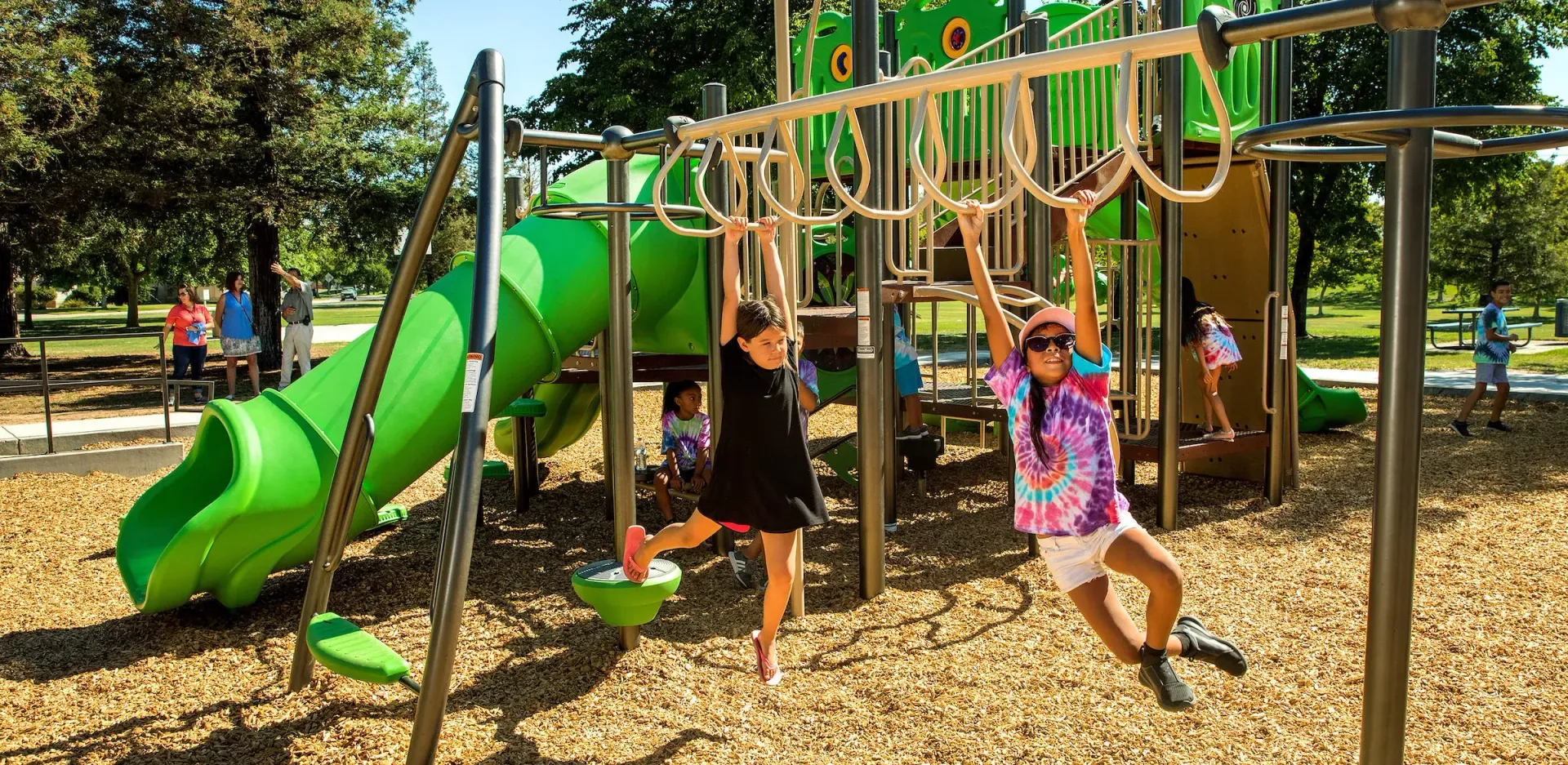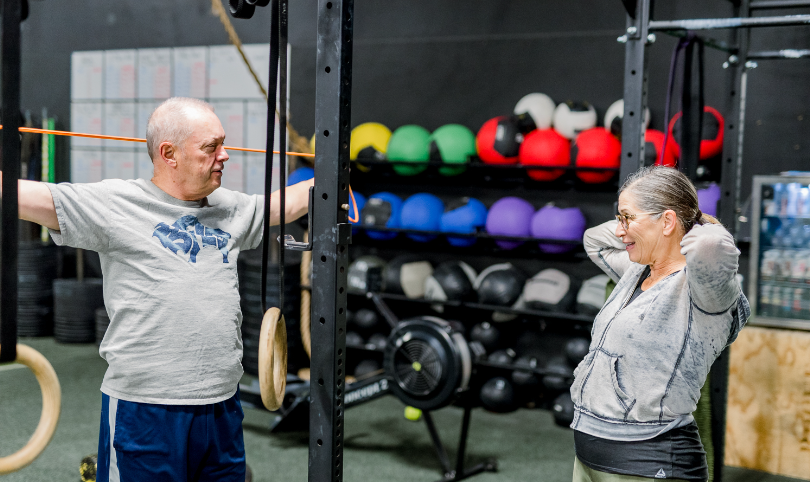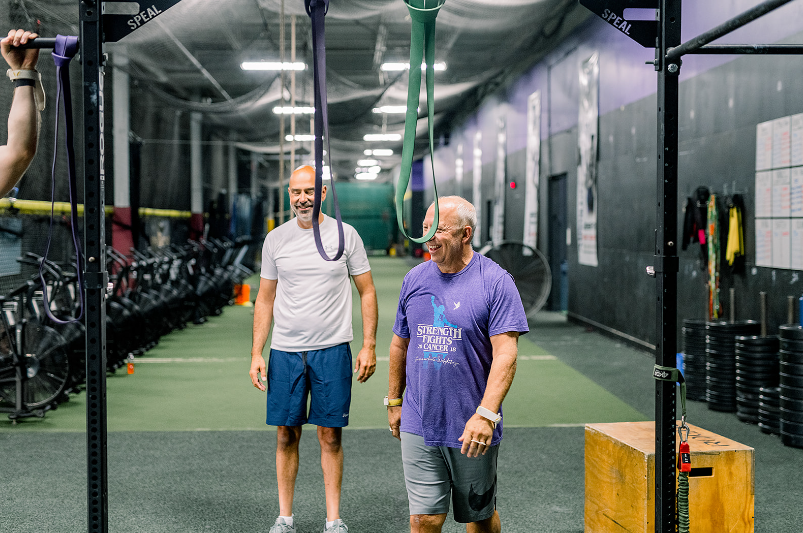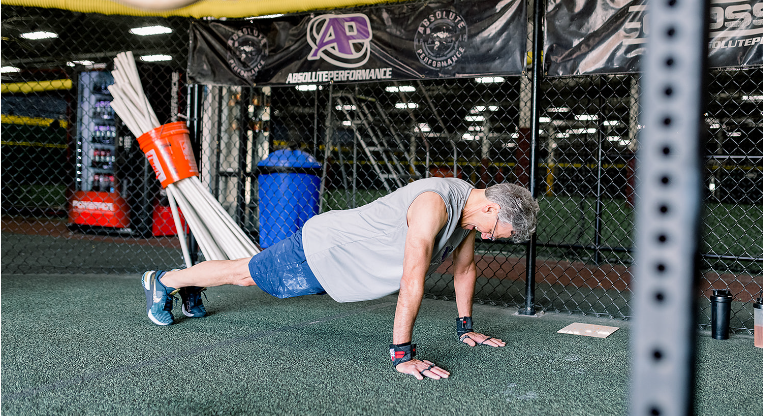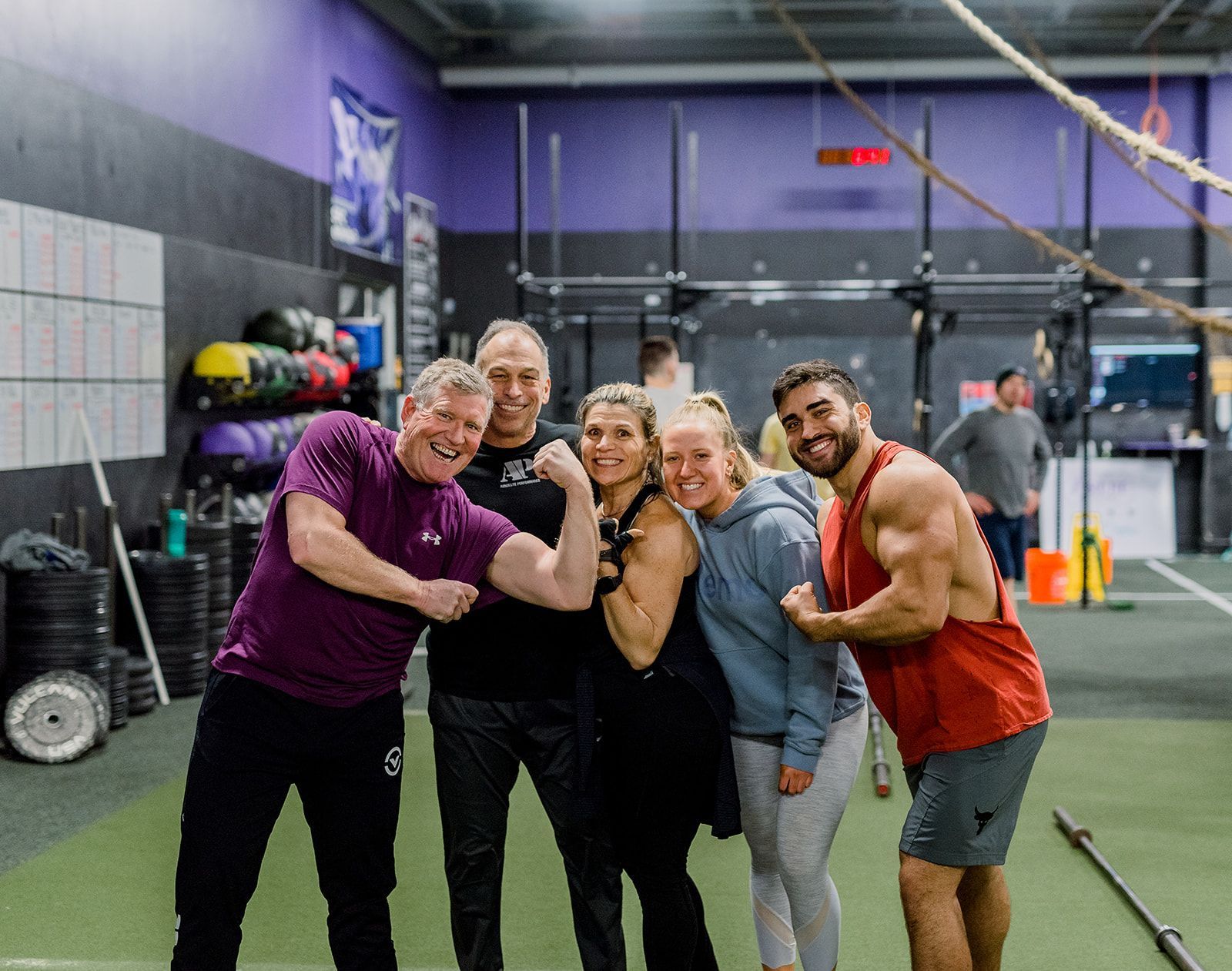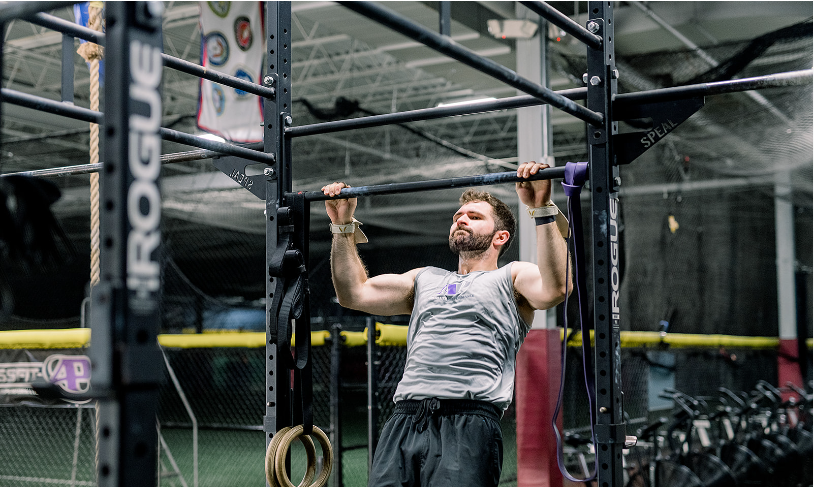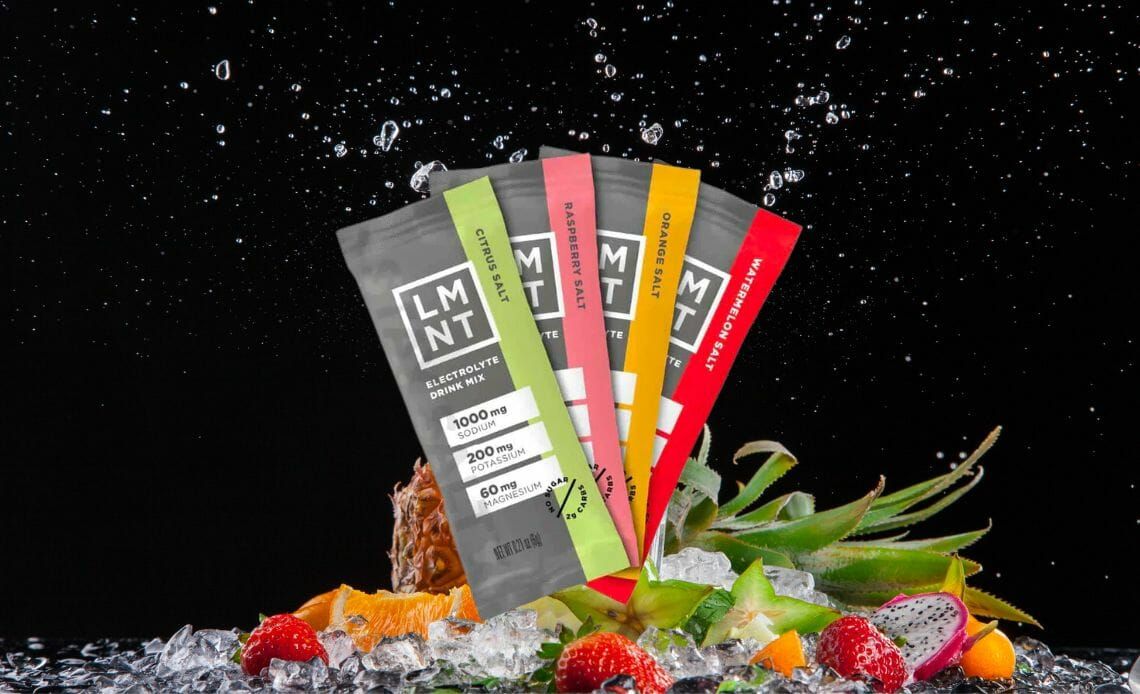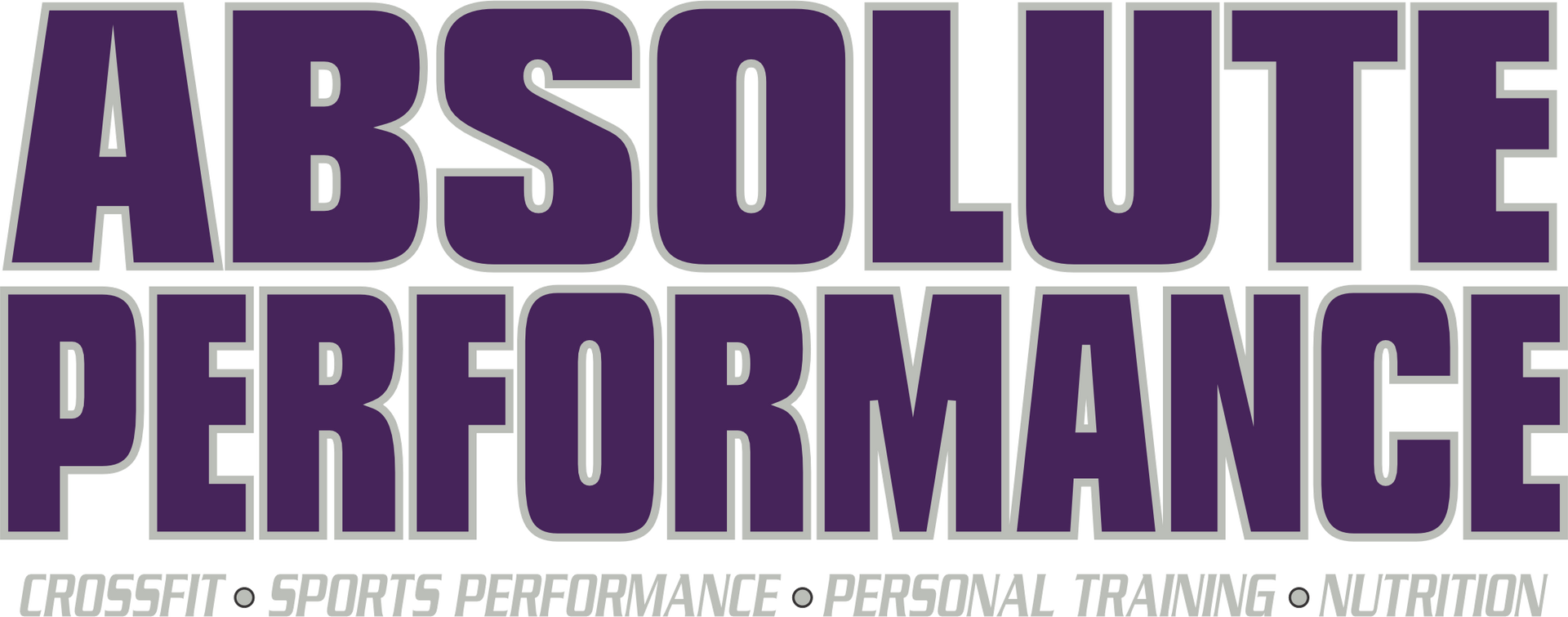Top 5 Summer Nutrition Tips for CrossFit Athletes
As the temperatures rise and WODs get tougher, summer presents a unique challenge for CrossFit athletes striving to stay lean, strong, and energized. From strategic hydration with electrolytes and water-rich produce to smart meal timing and nutrient-dense snacks, these five summer nutrition principles are designed to help you power through grueling workouts and scorching heat—without sacrificing performance or recovery. Let’s dive into how slight tweaks can fuel your best season yet.

1. Hydrate Intelligently
Summer heat increases sweat loss—aim for at least ½ oz of water per pound of bodyweight daily, and consider adding electrolytes (sodium, potassium, magnesium) during longer or hotter WODs to prevent cramps and fatigue.
2. Load Up on Colorful Produce & Complex Carbs
Eat the rainbow—fill your plate with seasonal fruits, veggies, and whole grains like oats, quinoa, or sweet potatoes. These provide antioxidants, fiber, and sustained energy crucial for high-intensity training.
3. Balance Macro Timing Around Workouts
Fuel workouts with a mix of carbs and protein about 1–2 hours before a session, then refuel post-WOD with a 3:1 carb-to-protein snack (like a banana + whey shake) to replenish glycogen and support recovery.
4. Keep Meals Light, Frequent & Nutrient-Dense
Choose smaller, easier-to-digest meals like chilled grain bowls, salads, Greek yogurt parfaits, or lean protein + veggies. These meals help maintain steady energy without feeling weighed down in the summer heat.
5. Include Healthy Fats for Recovery & Hormonal Health
Don’t skimp on fats. Add sources like avocado, nuts, seeds, olive oil, or fatty fish to support hormone function, reduce inflammation, and help absorb fat-soluble vitamins—all essential for muscle recovery and immune resilience.
Quick Reference Table
| Tip | Strategy | Benefit |
|---|---|---|
| Hydrate wisely | Water + electrolytes | Prevents fatigue and cramps |
| Colorful produce | Complex carbs, antioxidants | Supports energy and recovery |
| Macro timing | Pre/post carb + protein | Optimizes performance and rebuilding |
| Light meals | Frequent, easy-to-digest | Sustains energy without gut load |
| Healthy fats | Include daily | Hormones, recovery, nutrient absorption |
Final Takeaway
For CrossFit athletes, staying lean, strong, and energized this summer means mastering hydration, nutrient timing, and balanced, seasonal nutrition. Prioritize water, fresh produce, strategic fueling around workouts, and recovery-supporting fats. Need help tailoring this to your weight, sweat rate, or goals? Just say the word! Ask any of our coaches on how to stay energized throughout your CrossFit summer or consult with our nutritionist coach on staff to teach and help guide you to a healthier, happier you this summer!
